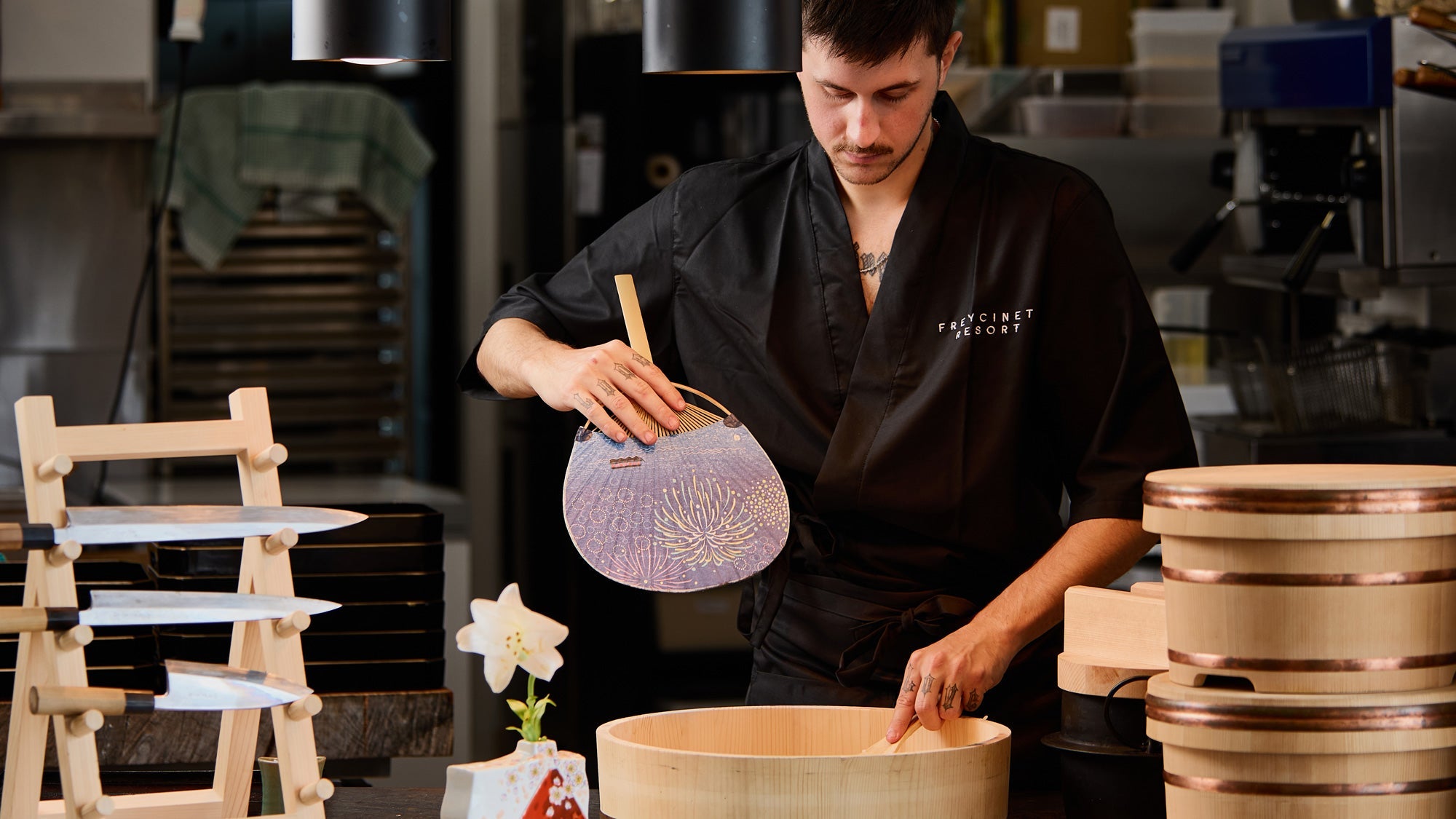
France to Japan: A Chef’s Cross-Border Culinary Journey
Written by Team MUSUBI
At just twenty-three years old, Chef Victor Emmanuel is already head chef at a Japanese fine-dining restaurant. With cooking training and a career combined spanning over a third of his young life, he’s gone from Michelin-starred restaurants in France, to a French fish market, to crafting Japanese sushi in Japan itself, and now finally to Australia for his current post at Freycinet Resort’s Mount Paul Lounge.
What so interested him about Japan that he went from French to Japanese fine dining? Emmanuel tells us his story—and shares his professional perspective on what drew him and his restaurant to the tableware of MUSUBI KILN.
Table of contents
A Childhood Inspired by Food
Many people abroad first find their way to Japan through pop culture or media. But for Emmanuel, the gateway—and the inspiration—was always food.
“The first moment I became interested in Japan was when I was maybe ten years old,” Emmanuel says. “For my birthday, my father took me to a Japanese restaurant.”
The format of the restaurant left an impression—specifically, the sushi counter. “I really enjoyed seeing the chef making sushi in front of the guests, interacting with the guests.” Plus, Emmanuel has always loved seafood. He adds, “That was the first point I started to identify with and appreciate Japanese culture, and respect what the chef was doing.”
It was just a few years later that Emmanuel embarked, himself, on the path of cooking.
When it came time to choose an academic or training track in school, Emmanuel decided to give training a try. He did his first summer training program in cooking at fourteen, and then, at fifteen he enrolled in Ferrandi Paris, one of the most prestigious culinary schools in France.
The Appeal of Japanese Cuisine
And so Emmanuel had already entered the world of French fine dining, a widely respected culinary tradition, at a young age. With a foot in the door, and French food in his family’s blood, as he puts it, surely he could have continued in that world easily. So what led him to adjust course toward Japanese food?
“I feel Japanese high-end cuisine is more focused on the product,” Emmanuel explains. “You use high-quality ingredients—the freshest fish, the freshest vegetables—and make sure to cook them in the best way. In France, it’s a little bit different. We’d use unexpected ingredients to create surprising flavors.” Japanese food, in other words, brings out the natural deliciousness that an ingredient already has.

Emmanuel adds, “In Japan, there are so many local people who just focus on one thing to make sure it's the best. Like people making soy sauce, but only soy sauce, and they make sure it's the best soy sauce in town.” It’s that intense specialization, paired with intense skill, that Emmanuel really enjoys.
French fine dining establishments operate in a hierarchical structure: the newest chefs only chop vegetables, then move on to meat. Only once they master that are they allowed to handle seafood.
That didn’t suit Emmanuel, a lover of seafood and sushi. “I decided to change my path,” he explained. That drive led him to work in a French fish market.

Though he was too junior to even touch a fish in a French fine dining restaurant, he got plenty of hands-on experience at the fish market, preparing the freshest fish brought in from the coasts of Brittany and Normandy, learning to fillet and more.
“It's not very far from a sushi bar,” Emmanuel says. “Because while we didn’t make sushi, we prepared the fish and interacted with the customers.” This experience “opened the door to the sushi counter.”
Training in Japan
It was actually a Japanese chef on a visit to France who inspired Emmanuel to take a leap and go train in Japan.
Ferrandi frequently hosts famous chefs and cooking competitions. It was through one of these that Emmanuel met Kanazawa Hiroyuki, a successful Japanese chef who had come to France to learn French cooking.
“That was a big moment for me,” Emmanuel says now. “I was deeply inspired by this chef.” It made him realize he could do the same—just in the opposite direction: go to Japan and dedicate himself to Japanese cuisine.
Contacts in France put him in touch with Okuda Toru, the owner of two restaurants in Tokyo’s Ginza area: the two-Michelin-star kaiseki restaurant Ginza Kojyu, and, just around the corner, Sushi Harumi, with head sushi chef Yoshiya Keisuke. Emmanuel spent most of his time at Sushi Harumi.

The language barrier wasn’t insignificant. “No one spoke English. No one spoke French.” But he had clever ways to get around that, mostly by literally watching and learning. “I was just looking, taking photos, taking notes. If I had a specific question, we’d use Google Translate, but that was very difficult.”
Yet he adds, “It wasn’t a big barrier because in cooking, most of the time it’s just having a look”—learning by observing the other chefs. “Because I had cooking experience, I could understand what they were doing.”
He made full use of the Tokyo location, going with Okuda every week to visit Toyosu Market, widely considered the largest fish market in the world. There, they’d choose fish together, meet suppliers, and Emmanuel would be given the chance to learn about specific seafood products.
Because of the time constraints of Emmanuel’s working holiday visa, his training was sped up compared to that of a typical Japanese cooking apprentice. For the first month, all he did was cook the sushi rice. But, “Normally in Japan, you do this over the first year.”

In the second month, he started on small fish like sayori, also known as Japanese halfbeak. The triangle-shaped bone of a sayori’s nose makes it difficult to cut. Not only that, but Emmanuel could no longer use the small and flexible French knives he was used to.
“The Japanese knives for fish are deba and yanagiba. They’re very traditional knives and very heavy, very thick. But because of their weight and thickness, they can break the bone very easily. So training on sayori was also how I learned to use these kinds of Japanese knives.”
In Japan, cooking knives must be respected. That, too, was a skill Emmanuel had to learn. For one craftsperson, it would take “maybe fifty hours to make a traditional knife,” he explains, “so I have to take care of it. When you get water or vinegar on the knife, it rusts. So I have to clean my knife almost every day. I have to whet it. It's almost like it’s a living thing.”
In addition to the hands-on training, Japan brought some unexpected insights.
“A big surprise was the quality of the ingredients,” Emmanuel says, “the fresh fish at the market, still sometimes alive in the aquarium.”
He goes on, “Also the chefs are passionate, very passionate. They're not cooking for the money. Of course, they want to make a living, but it's not the main thing. The main thing is to improve and be the best at what they do.”
The passion of Japanese chefs is one of the inspirations that keeps Emmanuel on his path.
Adaptation to Australia
Once Emmanuel had finished training in Japan, his move to Australia was practical as well as creative. As a young chef, he was looking for a place where he could pursue business opportunities while exercising his skills and creativity, without being confined by the centuries-long restaurant norms of a place like France.
Australia’s relative newness, its imported food culture, and the fact that “Australian food” doesn’t have a firmly established identity made it feel to Emmanuel like a place where he could continue to grow while working in his own way. And so he arrived in Tasmania, taking on the head chef role at Freycinet Resort’s Japanese restaurant, Mount Paul Lounge.

Emmanuel describes his cuisine there as “fifty percent traditional, fifty percent creative.” He brings in what he learned during both his time in Japan and his years training in France to create something that feels authentically Japanese yet also fresh, unique, and new. About twenty percent of the menu incorporates French techniques—especially when it comes to the dessert course, where dishes like millefeuille take center stage, reimagined with Japanese flavors like yuzu or black sesame.
There are other modifications made, too. Although Freycinet imports Japanese ingredients like mirin, soy sauce, and sake, others are sourced fresh locally. The restaurant grows vegetables in its own garden and works with local fishermen. Not all Japanese vegetables grow in Tasmania—and local produce varies—Emmanuel adjusts the menu to suit what’s available, as in the sashimi gazpacho made with fresh tomatoes from the restaurant’s garden.

Emmanuel respects the experience of the other Mount Paul Lounge chefs, especially as many of them are older than he is, with more years of cooking under their caps. One of the Japanese chefs on his team, Kudo Isamu, comes from Nagoya, an area famous for its traditional recipes and rich culinary heritage. With forty years’ cooking and twenty years’ restaurant experience in Australia, Kudo also has deep knowledge of what works well in Australia, guiding Emmanuel in adapting Japanese recipes to the Australian palate.

Plating: Fashion for Cuisine
And that brings us to plating, because like many fine-dining establishments, Freycinet is adept at bringing style and artistry into their servings. So what is Emmanuel’s approach to plating cuisine?
“I do young-style plating,” he begins. “Cuisine is like fashion. The trends change every couple of years. I keep the look fresh.”

When asked how the plate affects the meal, he explains, “Delicious food served on cardboard won’t taste as good, right?” So it’s not just about the food itself being delicious and looking nice, though that is a given. It’s also about the tableware, the balance in size between the plate and the food on it, the glass that holds your drink, even the table. The food, the tableware, and everything around it should make the diner want to eat.
“It’s about the experience,” Emmanuel adds. “A meal is a full sensory experience.”
That’s partly why he pays such close attention to seasonality in his cooking and plating. In winter, he gravitates toward stoneware or other ceramic vessels to retain the heat of the food. He also opts for colorful pieces, to offset the absence of flowers outside.

For summer, on the other hand, he goes for materials that feel “fresh,” like glass and porcelain, and uses cool tones or minimal color. These choices are a good balance to the warm summers of many temperate climates, like those in Japan and Tasmania.
Despite the updates to keep up with changing food trends, these are very Japanese ways of approaching tableware and seasonality. It’s clear Emmanuel’s Japanese training is much in use in his craft today.
The Allure of MUSUBI KILN
Japanese items form the foundation of Mount Paul Lounge’s tableware. As a restaurant specializing in authentic Japanese omakase meals, tableware that felt as authentic as the food itself was a must. “Ninety percent of our plates are from Japan,” Emmanuel says.

And that’s how he discovered MUSUBI KILN: searching for suppliers as the restaurant was still in its early, pre-opening stages. He wanted handmade pieces, with various shapes and depths to go with the food. And, going back to the importance of the senses, he was seeking pieces that would give the diner an enjoyable tactile experience. Mount Paul Lounge asks its diners to lift soup bowls to their mouths, as they would in Japan, and so the quality and feel of materials mattered greatly.
Emmanuel adds, “I like very different shapes. And it’s nice because it’s authentic. Nobody has these kinds of things. And it makes the dish unique.”

Freycinet serves as many as eight courses in its most luxurious set menu, so different plates, bowls, and more for different dishes and seasons were a must. Emmanuel also works to create intentional pairings of dishes and food; for example, he might present a vegetable course on a landscape-design plate to create a full scene.
Also, “We sell lots of sake,” he says, so attention to detail in the sake carafes and cups was also a key consideration.

For any of these cases, MUSUBI KILN’s collections of handcrafted items, sourced directly from traditional Japanese craftspeople—many of whom preserve authentic, centuries-old techniques—are just the thing to bring out a dish’s true beauty and make a lasting impression.
“We find at MUSUBI, there are so many choices,” Emmanuel says. “There are so many styles and materials, and the quality is very good. Also, sometimes I have a dish in my mind, when I’m looking for a plate, and sometimes I’m looking for a plate, and that gives me inspiration for the dish.”

Vision for the Future
It sounds like Australia might not be Emmanuel’s final destination. So what is?
“In the future, I want to open my own sushi bar restaurant, with authentic products, authentic knives, authentic plates. And do it my style.”
Emmanuel is inspired by the devotion of Japanese sushi chefs: “They shave their heads. They’re very dedicated to the food. It’s very much what I see in my future.” It sounds like Emmanuel is ready for wherever that dream might take him. Make sure to keep an eye on this promising young chef!
Take a look at Emmanuel’s cuisine on his Instagram, explore his restaurant below, and take a look at the Freycinet Resort Website to learn more.
Freycinet Resort’s Mount Paul Lounge
1819 Coles Bay Road, Coles Bay TAS 7215, Australia



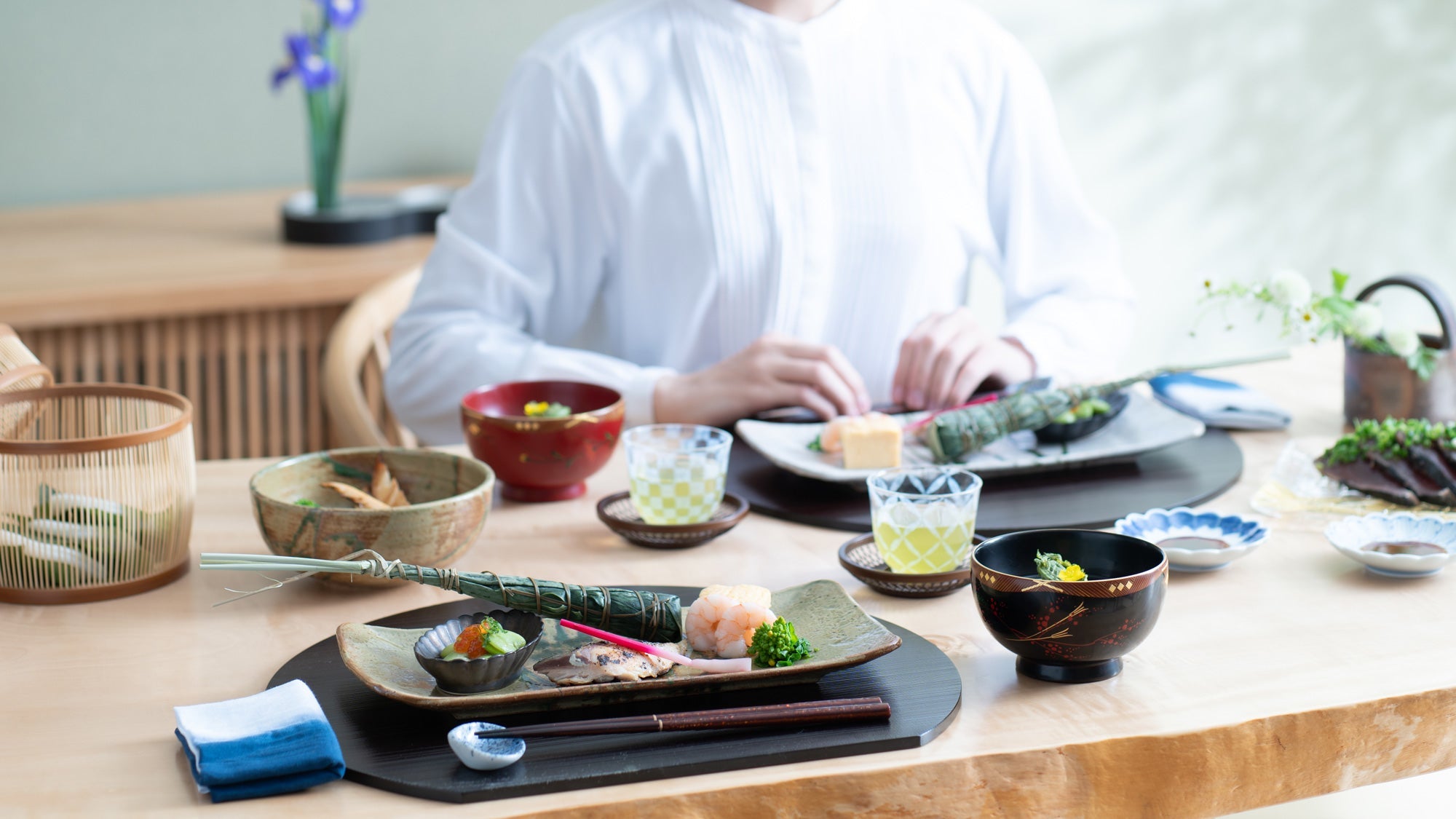
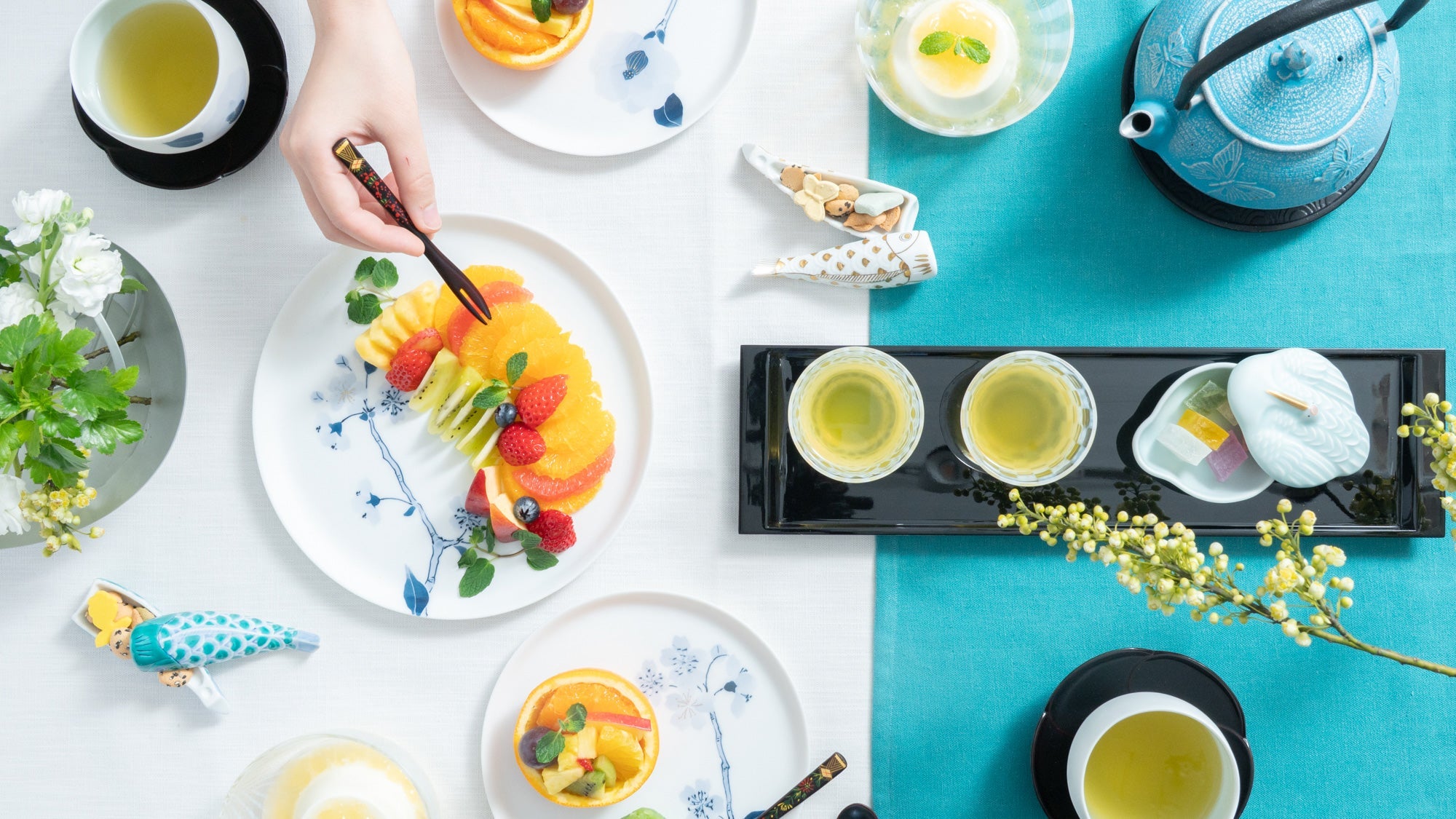
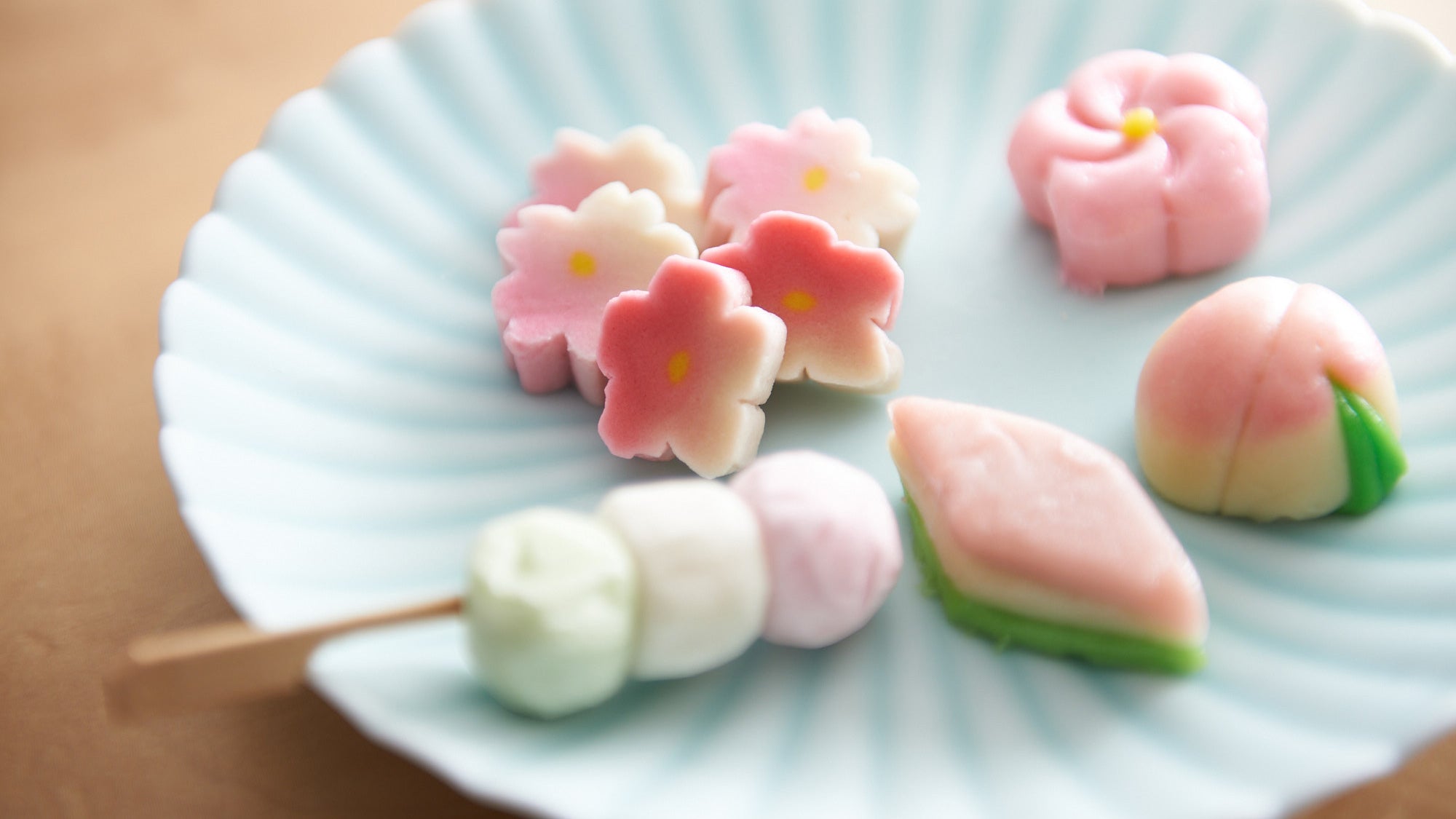
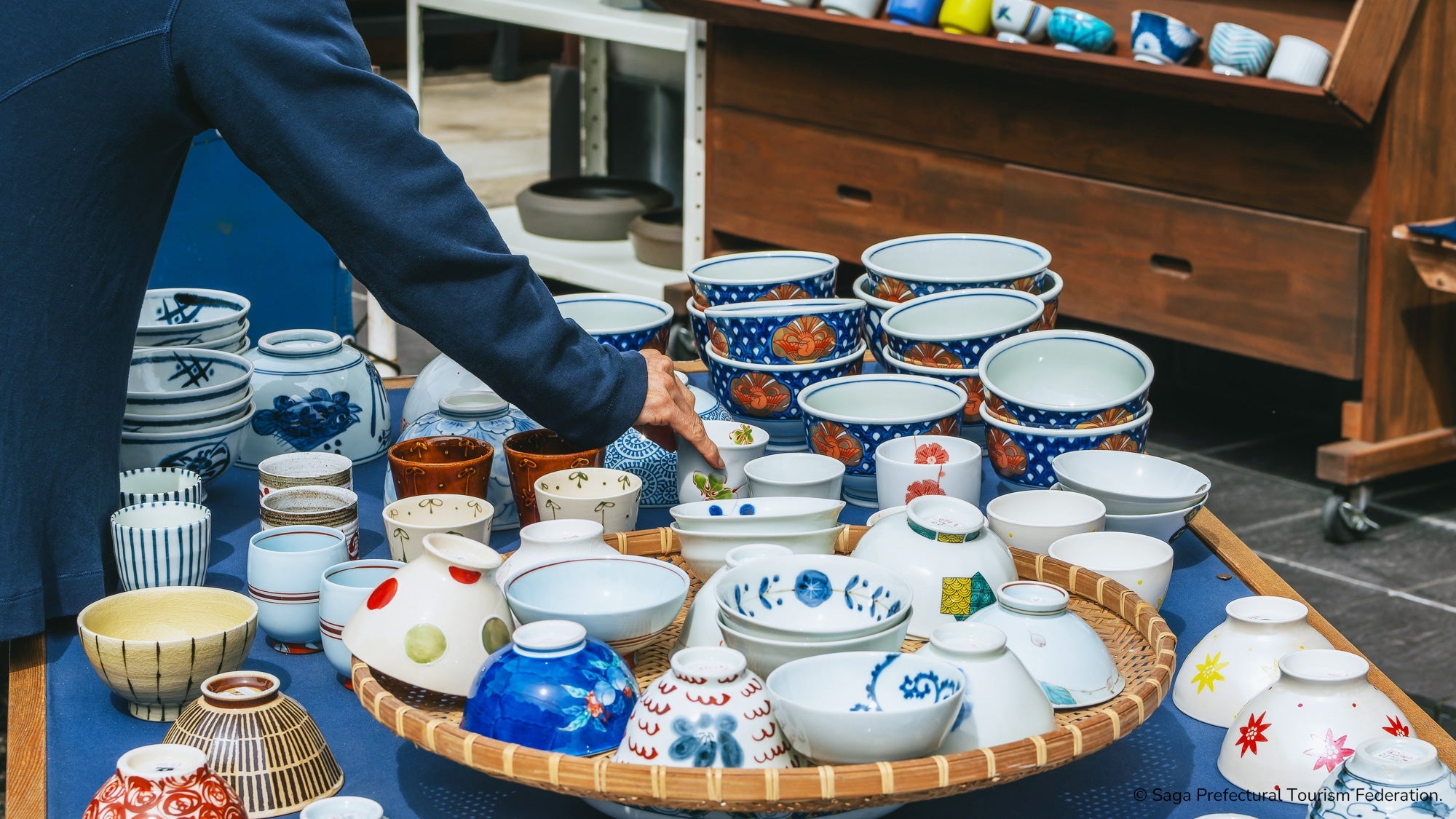
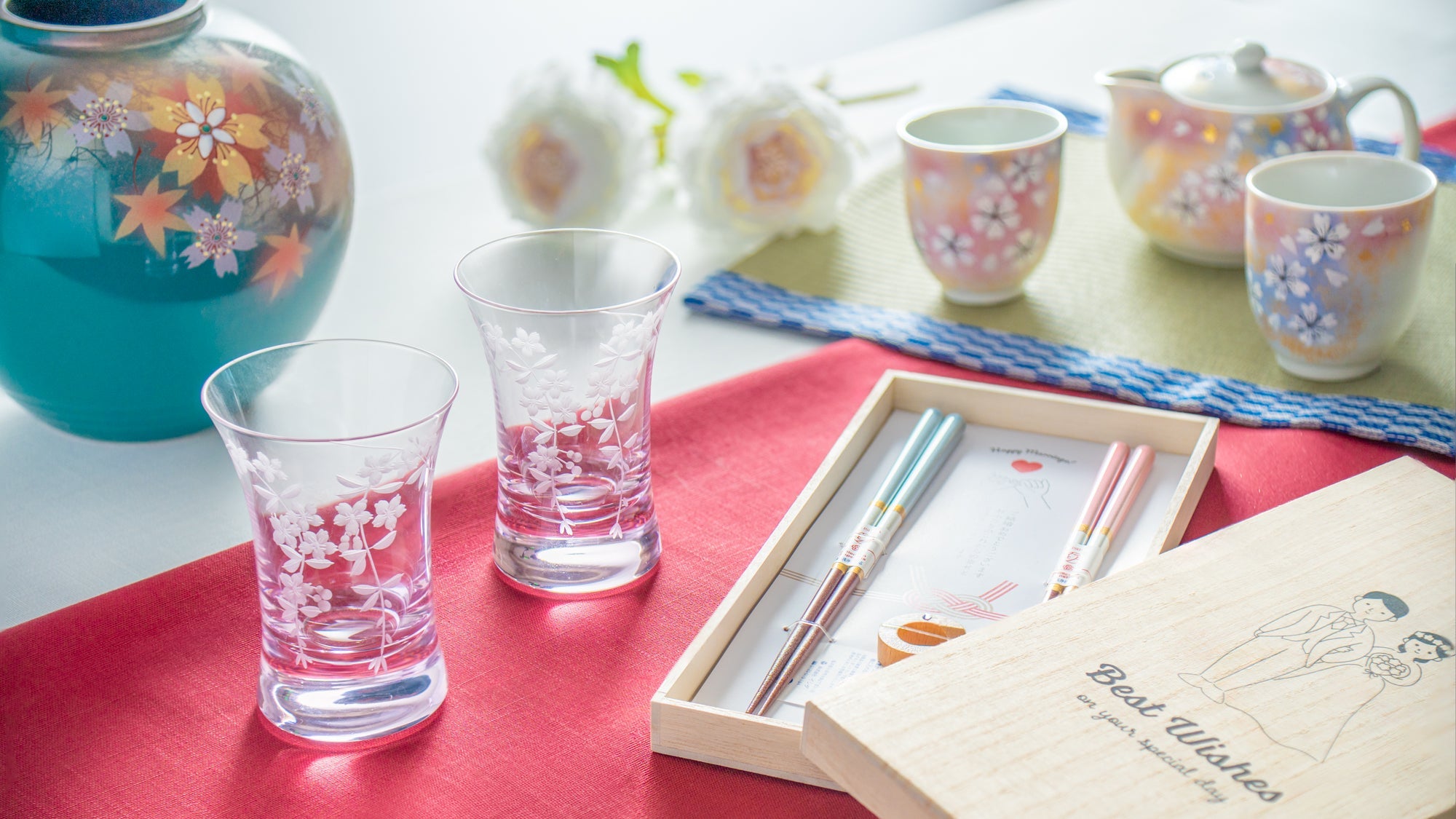
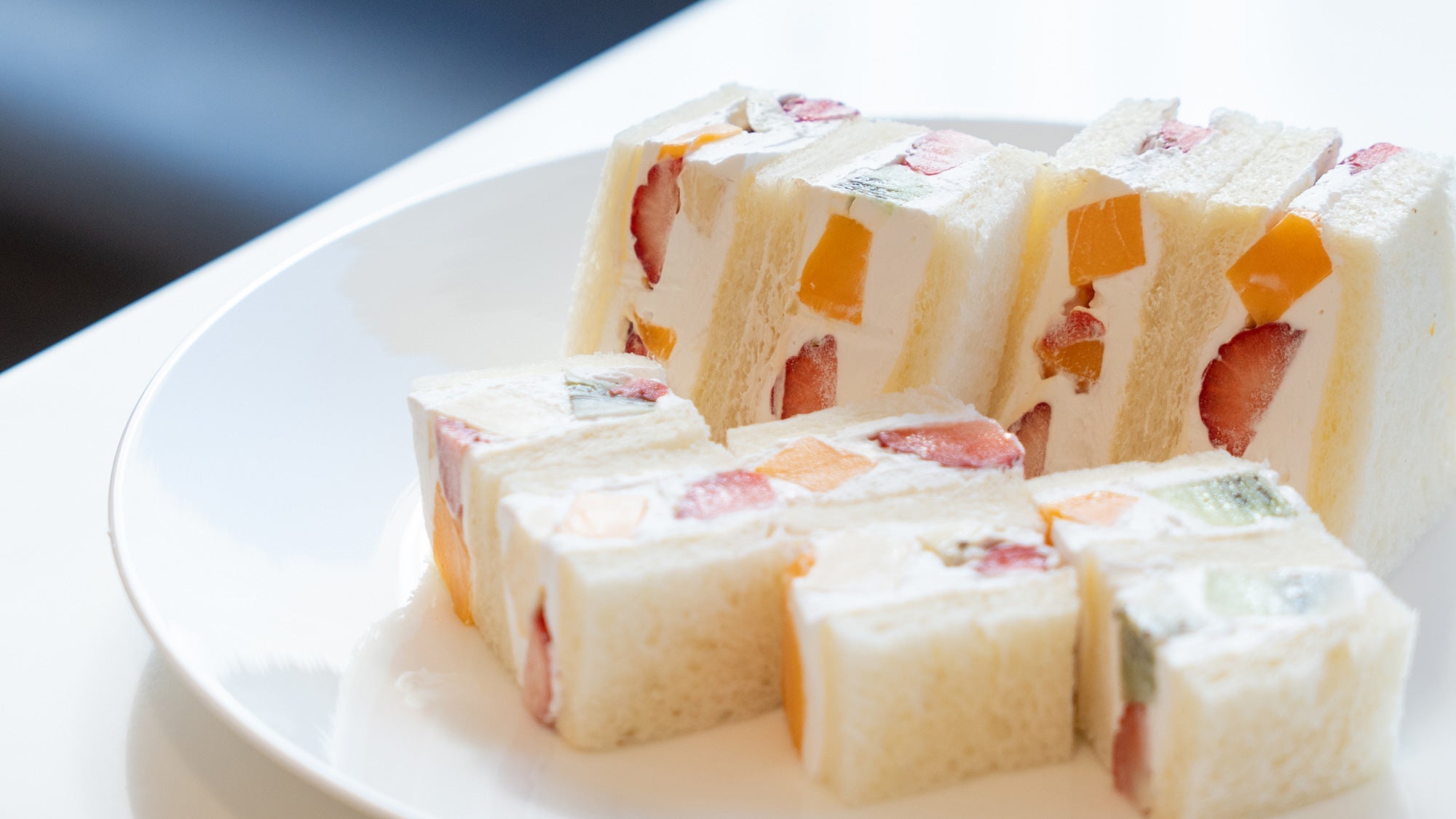

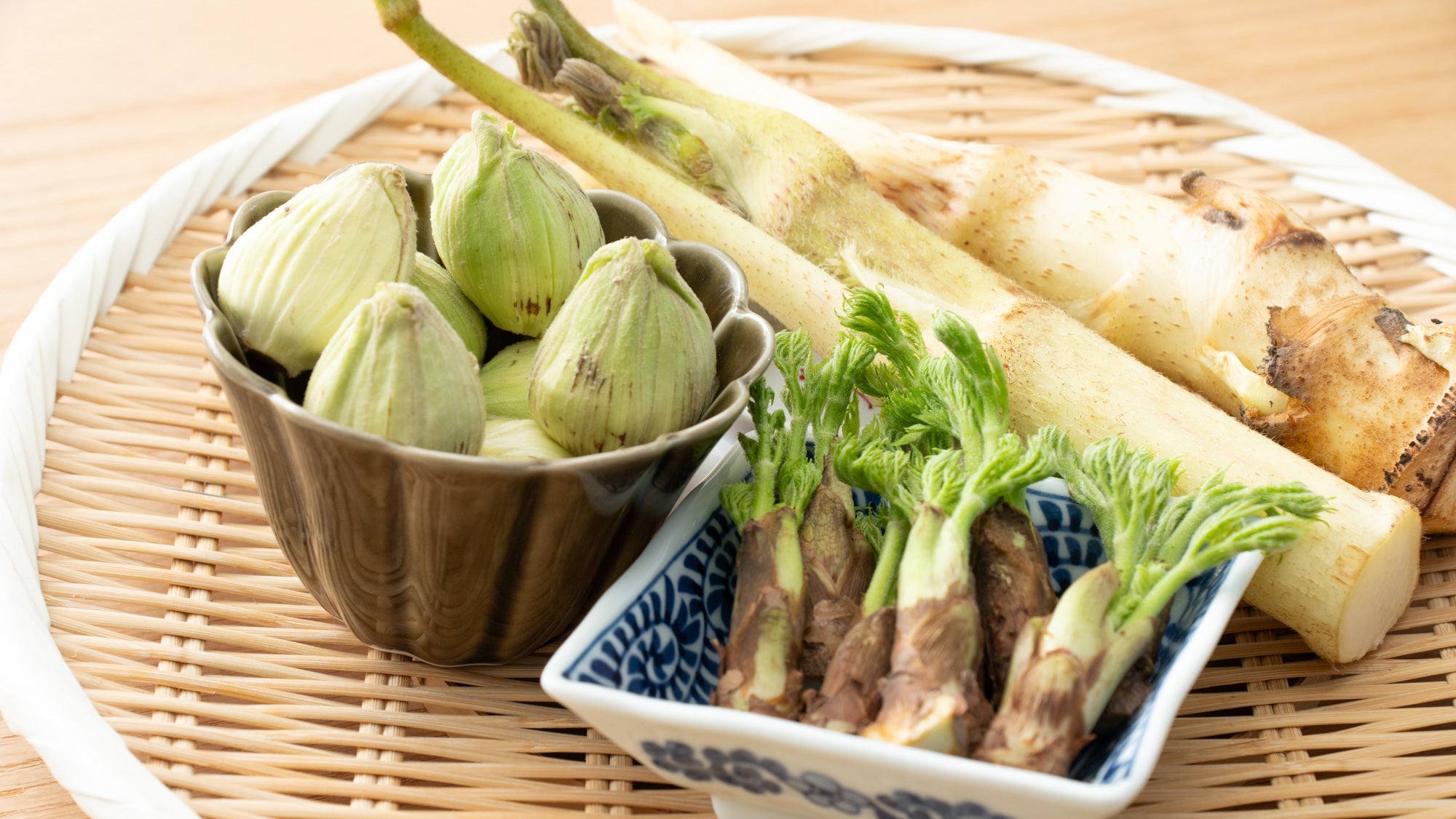

Leave a comment
This site is protected by hCaptcha and the hCaptcha Privacy Policy and Terms of Service apply.